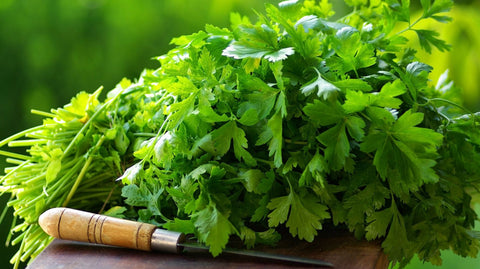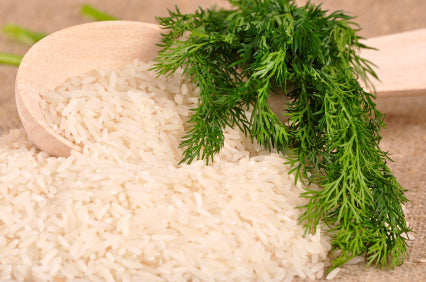Stewing Up Delicious Persian Memories with Fesenjan
For those of Persian and Iranian descent, just hearing the word Fesenjan conjures up memories of home, family and childhood. The dish speaks directly to the foundations of Mesopotamian cuisine as well as to our mouths and stomachs. And for anyone with curious or adventurous palates, after your first spoonful of this delicious Persian chicken stew, you'll begin to create nostalgic memories of your own.
What is Fesenjan?
The dish itself is made up of classic Mediterranean cuisine staples, but like all good foods, has different variations based on family and regional recipes. Classically, the recipe is made with pomegranate syrup and ground walnuts - more familiarly known as bazha, or walnut sauce - to give it its signature thick texture and tart taste.
The dish has its origins in the Gilan province in Northern Iran where the green land makes for fertile fruit growing and stock raising. The Gilani people have a strong taste for the tartness of the fruits in the region, most pointedly the pomegranate. The star ingredients of the dish - pomegranate, walnuts and poultry - have been traced back as staples in the Persian diet all the way to 515 B.C. by means of an unearthed tablet inscription.

Today, the dish continues to be enjoyed by millions of Persians all the world over. In fact, it's considered the most famous of Persian stews and is served during celebrations such as weddings and other special occasions.
How is Fesenjan Prepared?
Depending on how you cook it, the dish can take on either a sweet or sour taste thanks to the versatility of the ingredients. In most families, the stew is made with poultry - typically chicken - but sometimes duck. Variations on using poultry include using lamb cut for ghormeh, sliced fish or even no meat at all. Some prefer to use balls of ground meat, but whatever main protein is used, the dish is almost always served with polo or chelo (white or yellow Persian rice).
The protein is seared until brown on both sides and then removed from the pan. A chopped onion is placed in the rendered fat, browned and then the ground walnut and pomegranate syrup are added. Then, the meat is reintroduced to the pan along with bay leaves, braised, and then spiced to taste with ingredients such as sugar, turmeric, saffron, cardamom and cinnamon. Finally, a grated red beet is added and the Fesenjan is complete!
Kalamala also carries Ready to Eat Fesenjan


